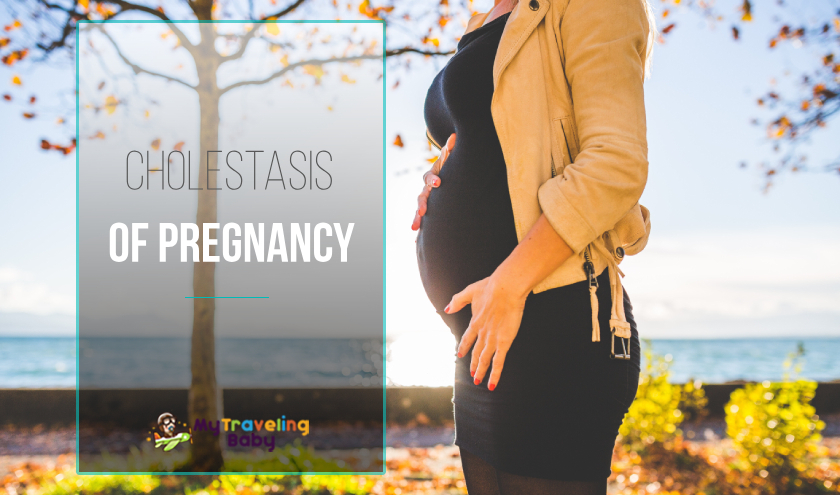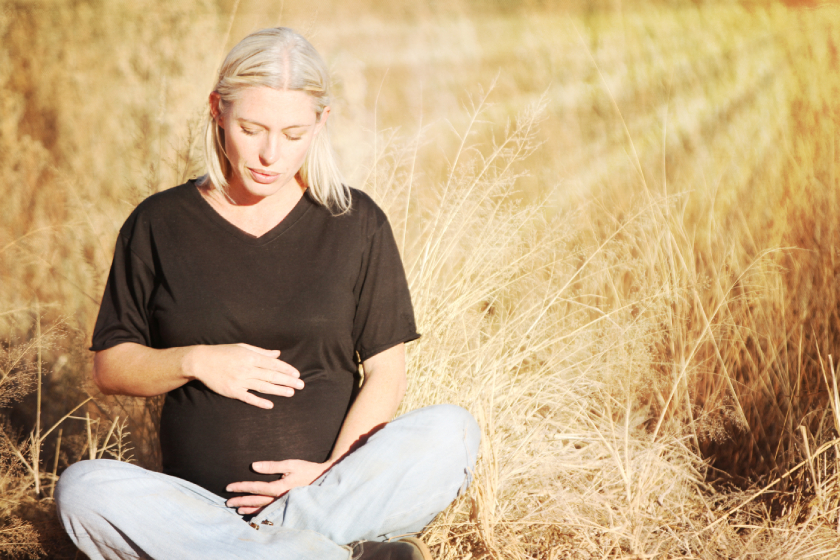
Some expectant mothers experience serious itching in the later stages of pregnancy. The main culprit is a common liver disease that occurs only in pregnancy. Intrahepatic cholestasis pregnancy is when the normal level of bile is disrupted by the elevated levels of hormones.
The condition typically occurs in the final trimester of pregnancy. That’s when the levels of hormones are at their peak. Cholestasis in pregnancy typically disappears a couple of days after childbirth.
Empirical data has shown that the condition occurs in one out of a thousand pregnancies. The research also shows that pregnancy cholestasis is more common in Chilean and Swedish genetic groups.
There are several kinds of the disease. They are obstetric cholestasis, intrahepatic cholestasis (occurs inside the liver), and extrahepatic cholestasis (occurs outside the liver).
Causes
The gallbladder stores bile that’s produced by the liver. Bile is essential for the breakdown of fats during digestion. Build up of bile acids happens when the bile flow in the liver stops or slows down.
When that happens, the bile can spill into the bloodstream. Hormones that go rampant during pregnancy can stop or slow down the flow of bile. A cause for diagnosis is when the serum bile acids (or total bile acids) reach ten micromoles per liter or higher.
Researchers thought that the build-up is caused solely by estrogen. New data indicated that progesterone is equally responsible.
Common Symptoms
- Itching, especially of the feet and hands. In most cases, it’s the only noticeable symptom.
- Exhaustion or fatigue
- Dark urine color
- Depression
- Pale coloring of bowel movement
- Pain in the right upper quadrant, no gallstones
- Loss of appetite
Less Common symptoms
- Nausea
- Upper-right quadrant pain
- Jaundice (when skin, eyes and mucous membranes turn yellow)
Am I at Risk?
One to two expectant mothers in one thousand has this condition. However, some women are at a higher risk of being afflicted by the disease:
- Expectant moms whose mother or sisters have had the disease
- Women expecting multiples
- Women who have had previous liver issues
Diagnosis
A diagnosis is established by physical exam, going through one’s complete medical history, blood tests that include evaluations of bile acids, bilirubin, and liver function.
Does It Affect the Baby?
The condition might increase the risk of stillbirth, preterm birth, or fetal distress. A developing infant relies on the mother’s liver.
Its function is to filter out the bile acids from the blood. When the mother’s blood has increased levels of bile, it causes stress on the infant’s liver.
Expectant Mothers that are suffering from this condition have to be monitored. In this case, specialists may consider inducing childbirth once the baby’s lungs are fully-fledged.
Treatment
Once it has been established that a woman is suffering from the condition, the treatment goals are to relieve itching. If you suspect that you are suffering from cholestasis, do not take the matter into your own hands. Before taking any drugs or supplements, make sure to consult with your specialist.
There is a Variety of Treatment Options:
- Bi-weekly non-stress test which involves monitoring of contractions as well as the infant’s heart.
- Topical anti-itch drugs that contain corticosteroids.
- Regular blood tests that evaluate liver function as well as bile serum levels.
- Cold baths and iced water.
- Dandelion Root and Milk Thistle are known to be beneficial to the liver. You must consult with your specialist before taking them.
- Vitamin K administer before and after childbirth in order to prevent intracranial hemorrhaging.
- Dexamethasone – a drug that quickens the maturing process of the infant’s lungs.
Your doctor has to be the one deciding on the course of action. The following criteria have to be considered:
- The extent of the disease
- Your opinion
- Expectations for the course of the condition
- Your pregnancy, overall health, and medical records
Treatments That Should Not be Used:
- Aveeno and Oatmeal Bath
- Antihistamines
* Whether or not Cholestyramine should be used for treatment is up for debate. It was the case in the past, but recent studies have shown that it isn’t as efficient as other medication.
It also comes with some unwanted side effects. One of the major side effects being the fact that it blocks essential vitamins such as Vitamin K.
What Are the Chances of the Woman Getting Cholestasis in Her Second Pregnancy?
Whether a mother will develop the condition in another pregnancy is impossible to know. According to some data, if the mother has had the disease in her first pregnancy, there is a 90% percent chance of it coming back in her second pregnancy.
Conclusion
However, the research result of the research hasn’t been yet fully confirmed. If you are planning a second pregnancy, make sure to talk with your doctor. See what you can do about it and if there are some ways to prevent it.




